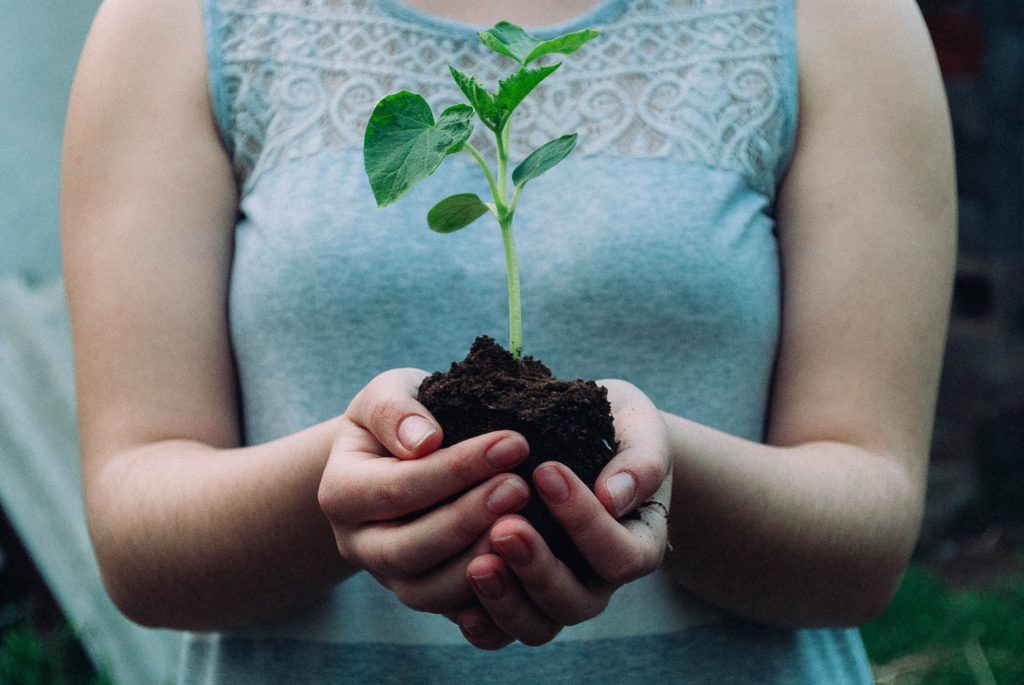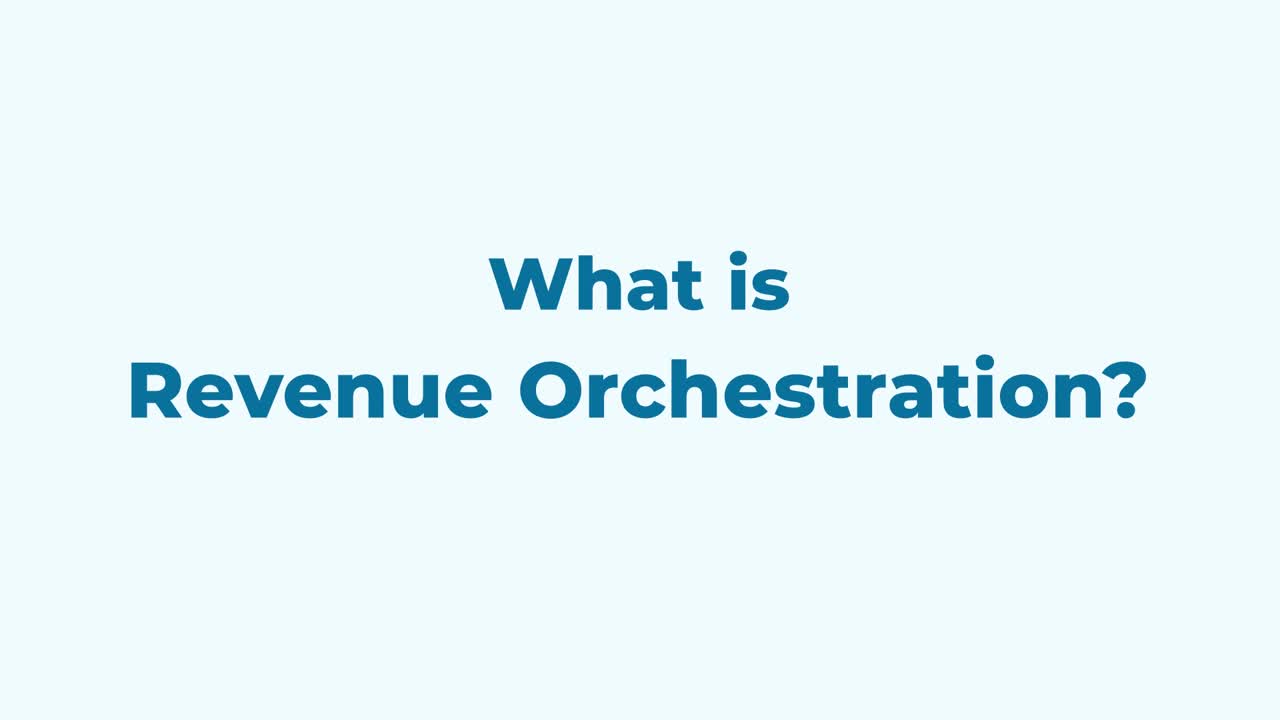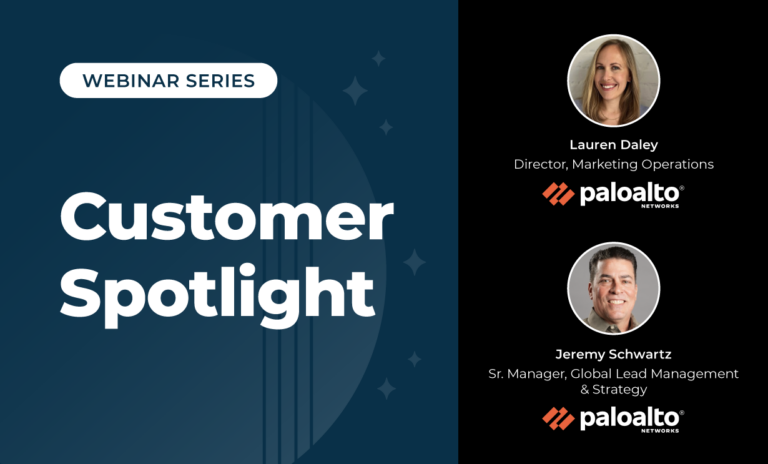If you’ve spent more than three months in a marketing capacity, you’ve undoubtedly encountered the mysterious, and most often problematic, phenomenon of controlling lead leakage. Simply stated, lead leakage is the progressive and cumulative loss of Leads as they progress through the sales funnel.
Some lead leakage is inevitable. You do not want to devote precious resources like time, attention and money to these kinds of Leads:
- Aren’t qualified
- Aren’t your ideal customer profile (ICP)
- Don’t have budget

You want to control lead leakage because generating Leads is extraordinarily expensive.
Which half of your marketing investment is wasted?
Some marketers think over a quarter of their entire marketing budget is wasted.
Linchpin SEO reports the average cost per lead segmented by industry and by channel. Naturally, technology was at the top end of the lead cost spectrum with an average cost of $208. By channel, events and trade shows posted the high-water mark at an average of $811 per lead generated, while online retargeting and SEO brought up the low end at $31 per lead.
Of course, not all Leads are generated equal, and that’s an important consideration as marketers look to integrate the quality of leads into their constant fixation on the quantity of leads.
Cutting through the noise to generate leads
So much budget investment is wasted due to one simple truth: It’s tough to capture the attention of those in a target market.
And, it’s getting increasingly more difficult to cut through the noise.
Back in the 1970s, it was thought that the average person was exposed to about 500 marketing messages a day. That number leaped to about 5,000 messages per day in 2006. Today, some place estimates of over 10,000 daily exposures to marketing messages.
Getting your marketing messages seen and heard is a challenge. But, marketers feel compelled to try, to discover what works and what doesn’t, and to create more brand awareness and generate more leads than their competitors. It’s expensive. But, as the old saying goes, “You have to spend money to make money.”
With Leads so expensive to generate, it’s critical you prevent as much unnecessary lead leakage as possible.

What causes lead leakage?
The most common causes of lead leakage in the sales funnel are because leads are 1) unqualified, or 2) inappropriately nurtured.
Some will argue that a Lead becomes unqualified because it hasn’t been nurtured enough in the sales cycle, leaving just one cause of lead leakage. But, that’s probably too simplistic, as various multi-touch marketing campaigns bring in Leads who are just “kicking the tires.” These can be consultants, students, members of the media, and even competitors, just to mention a handful of possibilities.
Not every lead is likely to become qualified, and some don’t deserve the effort to get them there in the first place. Leakage of those Leads aren’t significant to your revenue team’s success.
At the same time, some unqualified Leads absolutely deserve to be in your sales funnel. Those Leads might very well need what you’re selling. They’re looking for information, trying to not only clearly define their need, but also identify their solution.
Others, at the same time, might be absolutely in love with your product, service and/or solution; they just don’t have budget at this particular time.

Nurturing allows you to build relationships with your prospects, Leads and even customers, and as such, it’s a messaging tactic that should not be neglected. Don’t rush a lead through nurture.
If a salesperson receives a Lead who is not qualified; i.e., not likely to be ready to buy; it’s likely to become a waste of time for salesperson and prospect alike. Moreover, it’s likely to diminish the relationships between the brand and the prospect as well as between marketing and sales.
How to stop lead leakage
Stopping lead leakage is all part and parcel of the art and science of lead management, and it’s a key component to modern revenue orchestration. The following four considerations are important to better lead management and control lead leakage:
- Align sales and marketing functions
- Identify where in the sales funnel leads are leaking
- Ensure you have a RevTech stack to best orchestrate the buyer’s journey
- Develop and deploy effective nurture programs
Aligning Sales and Marketing
This is a to-do list item that never goes out of style, and for good reason too. Sales and marketing are like two wings on a bird. Sure, it might be possible to get from where you are to where you want to be with those wings not working together, but the effort certainly won’t be easy. Working in a concerted effort, however, will bring the desired result faster and more efficiently.
Alignment is critical for any scalability, so ensure the teams agree on the criteria to elevate a lead to a qualified status. Standardize nurture and outreach processes among both functions, and make all reporting dashboards transparent and easily accessible.
Identify Leaks
With standardized sales and marketing processes, then identify where lead leakage is happening within the funnel. Don’t try to address corrective actions without knowing precisely where to deploy. Poor conversion on a landing page requires a much different fix than demo requests that were not followed up on in a timely manner.
Use Revenue Orchestration
Ensure your RevTech stack empowers both you and your prospects to accomplish your respective missions. The digital marketplace is awash in buyers’ signals. It’s your job as marketers to match the right marketing plays to the buyers’ signals you’re receiving from leads.
You’ll need a CRM, and attached to it you’ll likely need marketing automation, data enrichment, sales engagement, lead intent and forecasting tools. And, you’ll need a revenue orchestration platform like LeanData to seamlessly integrate all the data and solutions together to deliver a world-class buying experience for your prospects.
Nurture Leads
Lastly, use your tools to properly nurture Leads. Develop and distribute the right content to effectively nurture each lead persona group to a qualified status. Once qualified, marketing can then hand off sales-ready leads to sellers who are confident there is an appropriate level of buying intent.
Of course, not every Lead will end up converting, or purchasing — wouldn’t that be nice? Don’t neglect getting feedback from sales to determine if a lead should be brought back into the marketable database for re-nurturing and perhaps re-qualifying at some point down the road.

Controlling Lead Leakage Through Revenue Orchestration
Generating Leads is expensive, and therefore, presenting any unnecessary lead leakage is a challenge well worth overcoming. Adopt a modern revenue orchestration model by developing scalable go-to-market processes. So here’s your checklist:
- Alignment of your sales and marketing functions
- Measuring where Leads are leaking in your funnel
- Using your RevTech stack tools to tighten up any weak spots
- Nurturing your Leads to get them sales-ready and prepared to move forward in their buying journeys







